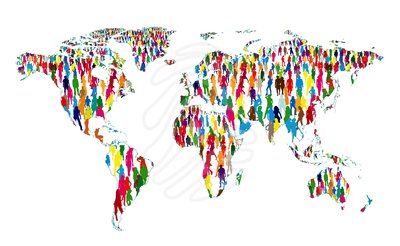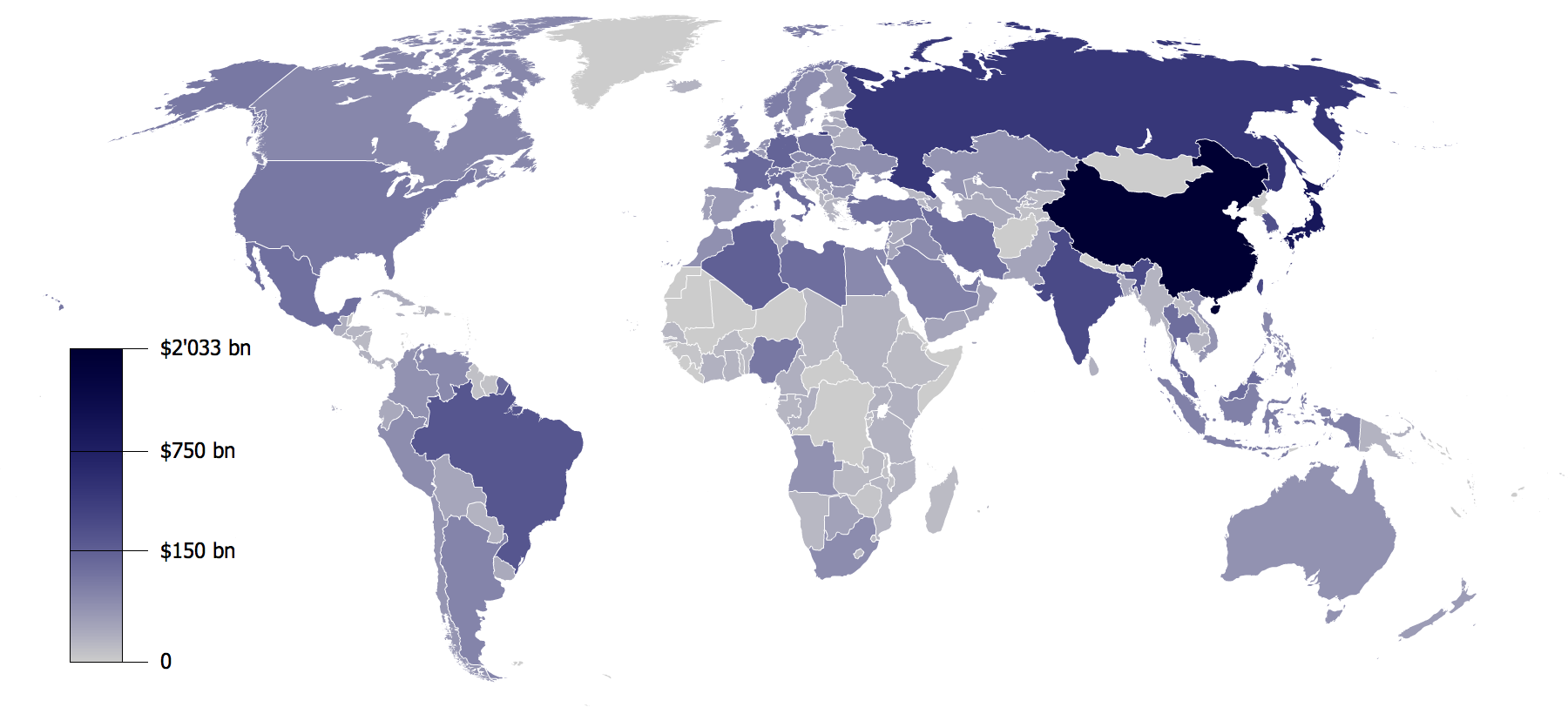Technology transfer
The transfer of new technology from the originator to a secondary user, especially from developed to less developed countries in an attempt to boost their economies. It is a price of transferring skill, knowledge, methods of manufacturing, samples of manufacturing and facilities among governments or universities and other institutions to ensure that scientific and technological developments are accessible to a wider range of users. It is also called technology commercialization.
Importance
- Helps in development and expansion of technology
- Commercialization of technology
- Use technology in otherwise impossible area to produce such tech
- Helps in new research, experiment and development
- Use technology to increase productivity
- Replace old technology with new one
- Use technology in sectors like education, health, development, environment etc.
Problems
- Not enough resources
- Lack of skilled manpower to use new technology
- Brain drain and state’s incapability to recognize talent
- No active participation of private sector in technology transfer
- Hesitant mentality towards adopting new technology
- Lack of access to technology has created familiarity problems
- Lack of coordination among technology users.
Solutions
- Planned action for technology transfer initiatives
- Manage enough resources (human resources or others)
- Training & skill development programs for existing users
- Stop brain drain
- Work hard on necessary infrastructure development
- Investment on study, research and experiment on new technology.
- Work hard on make technology more accessible
- Discard old in efficient technology
- Promote private sector in technology transfer initiative
Intellectual Property Rights
- Intellectual property rights are given to persons over the creations of their minds. They usually give the creator on exclusive right over the use of his/her creation for a creation for a certain period of time. It includes patents, copyright, industrial design rights, trademarks, trade dress and in some …. Trade secrets.
- World Intellectual Property Organization (WIPO) established 1960 after Geneva Conference
- Nepal WIPO member in 1997
- WTO member 2004
- Bern convention – 2006
- Copyright register office – 2060/61 BS
- Copyright Act 2059
Importance
- Promotes creative works
- Protects intellectual property from theft
- Provides benefit to actual creator
- Prosecutes intellectual property …. thief
- Helps in development, expansion and protection of this sector like Cinema, Art, Literature etc
- Promotes country knowledge, science, society etc.
- Promotes employment by protecting intellectual property
- Helps in national economy
- Promotes trade and finance
- Helps in new technology development.
Problems
- Lack of interest from states side for IPR
- Lack of institutional mechanism for IPR promotion
- Lack of skill & knowledge of people enforcing IPR
- Lack of proper laws & regulations
- Low education level about IPR
- Passiveness of creators while seeking legal help for IPR violation
- Lack of punishment for IPR violation
- Lack of resources for IPR violation
Solutions
- Creators must be more vigilant about IPR
- State’s activeness in essential for IPR protection
- Skill, knowledge & empowerment for personnel working on IPR protection
- Managing necessary resources for IPR protection
- Create enough institutional mechanism for IPR protection
- Strict laws & punishment to IPR violators
- Easy legal procedure for prosecution of culprit
- Enough law, policy & regulation is necessary
- Public awareness campaign against piracy









Thank you so much hajur. We are hoping to get such matter frequently.